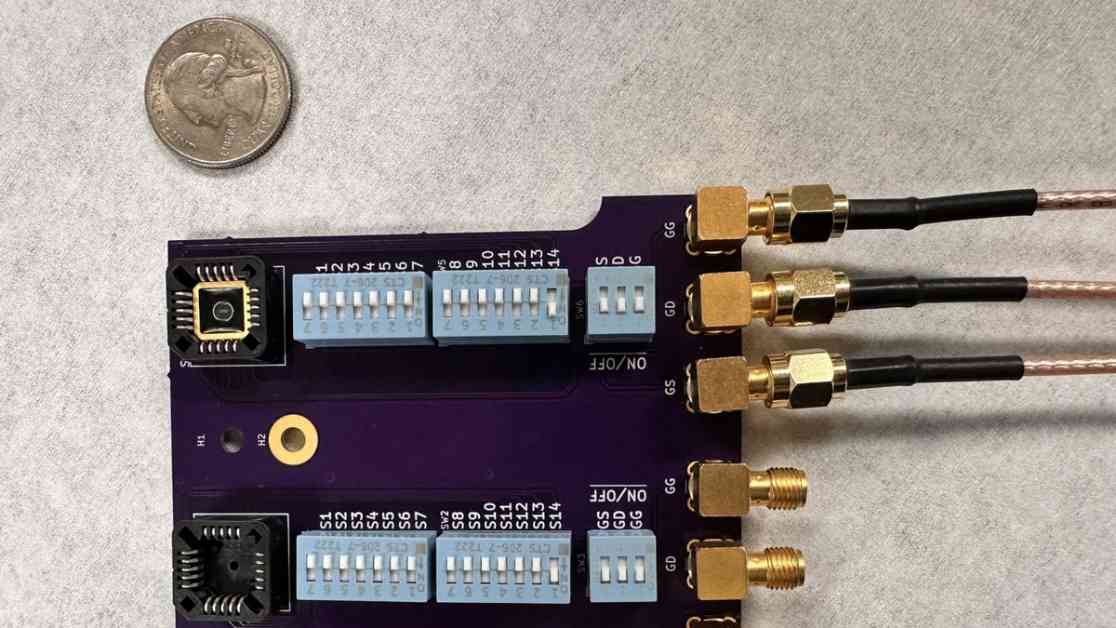A new invention called the “electronic tongue” is revolutionizing taste testing and food safety. This innovative system, powered by artificial intelligence (AI), is capable of distinguishing between different coffee blends, detecting spoiled juice, and even identifying harmful chemicals in water.
The electronic tongue works by using an ion-sensitive field-effect transistor to detect chemical ions in liquids. This information is then converted into an electrical signal that is analyzed by a computer. Researchers at Penn State University, led by Saptarshi Das, have linked this sensor to an artificial neural network, which mimics the human brain’s processing of taste.
In a recent study published in the journal Nature, Das and his team demonstrated the electronic tongue’s impressive accuracy in determining the acidity of various liquids. The neural network was able to achieve an accuracy rate of over 95% when identifying acidity levels, surpassing human capabilities.
Beyond acidity testing, the electronic tongue was put to the test in real-world scenarios. It successfully differentiated between similar soft drinks and coffee blends, detected diluted milk, identified spoiled fruit juice, and even detected harmful substances in water. This breakthrough has significant implications for food safety and quality control.
By utilizing an analysis method called Shapley Additive Explanations, the researchers were able to understand how the neural network reached its conclusions. This insight is crucial for improving the electronic tongue’s performance and reliability in various applications.
The electronic tongue’s ability to adapt to variations in data sets highlights its robustness and potential for future advancements. As Das noted, imperfections are a natural part of life, but with the right technology, we can still make accurate and reliable decisions.
In conclusion, the development of the electronic tongue represents a major step forward in taste testing and food safety. By combining AI with cutting-edge sensor technology, researchers have created a powerful tool that has the potential to revolutionize the way we evaluate and monitor food and beverages. The future looks bright for the electronic tongue and its applications in various industries.










